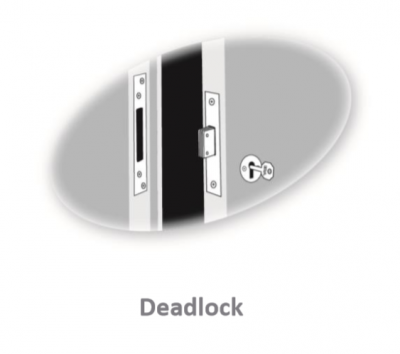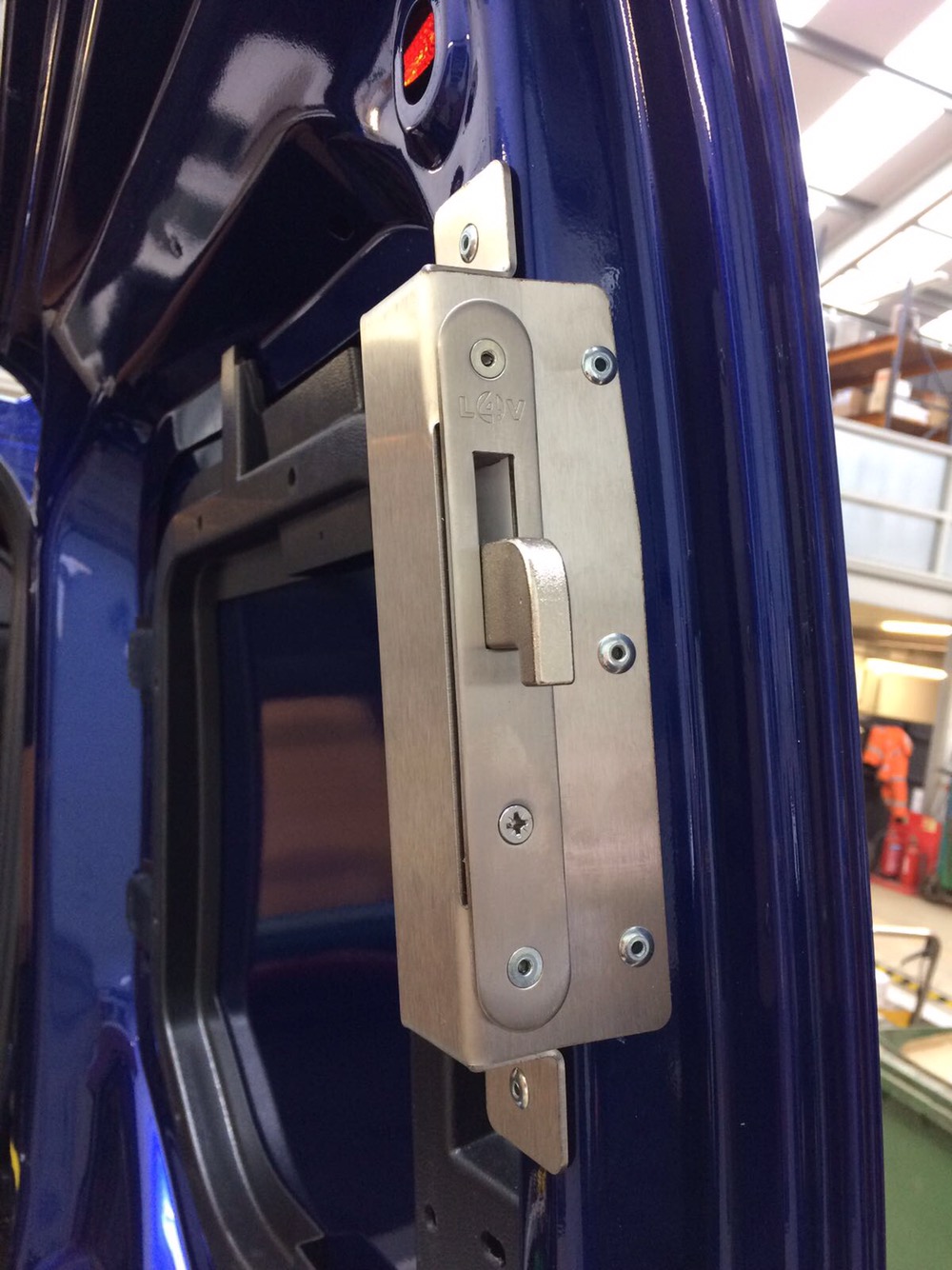

When choosing your 5 lever lock, make sure it has the British Standard BS362 kitemark. This makes it more difficult to copy keys or break into. Required by insurance companies, a 5 lever deadlock is suitable for an exterior door and provides security in the form of additional "levers" inside the lock. These deadlocks are commonly fitted in wooden front or back doors. A standard deadlock has 3 inch case with a backset (distance from the edge of the door to the centre of the keyhole) of 57mm. When choosing the right deadlock you will also need to make sure you choose the right size for your door. These types of locks are available as either 3 or 5 lever. A deadlock is a lock bolt only and does not have a latch/catch section for the operation of a door knob/handle. Read on to discover what a deadlock is and if you need one!Ī mortice deadlock is designed to be fitted into the timber edge of a door and allows the door to be manually locked from both sides with a key. It can, however, be confusing to know which type of mortice lock you need. For more information about Oracle (NYSE:ORCL), visit is the difference between a deadlock, deadbolt and sash lock? If you are fitting a new internal door in your home, and want to have a lock, you will need to choose one of these. Oracle offers a comprehensive and fully integrated stack of cloud applications and platform services.

My Oracle Support provides customers with access to over a million knowledge articles and a vibrant support community of peers and Oracle experts.
Deadlock lock full#
To view full details, sign in with your My Oracle Support account.ĭon't have a My Oracle Support account? Click to get started! Would you like to explore this topic further with other Oracle Customers, Oracle Employees, and Industry Experts?Ĭlick here to join the discussion where you can ask questions, get help from others, and share your experiences with this specific article.ĭiscover discussions about other articles and helpful subjects by clicking here to access the main My Oracle Support Community page for Database Tuning. For example you may see something like:Īsk Questions, Get Help, And Share Your Experiences With This Article
Deadlock lock plus#
Note: Often you will see a combination of an application deadlock "Signature" plus one of the others as opposed to a "classic" repeating signature. This is very similar to the standard application deadlock except that it features User Defined Locks This looks the same as a standard application deadlock except that there is only a single row in the deadlock graph.Īpplication Deadlock Featuring User Defined Locks Further Investigation will be required to identify absolute cause ITL, Bitmap Index and PK/UK Index Signatures are the Same. TX Lock Held in Mode X (6) Requesting Mode S (4) Insufficient Interested Transaction List (ITL) Provision TM Lock Held in Mode SX (3) Held SSX (5) Requested Missing Index on Foreign Key (FK) Constraint TX Lock Held in Mode X (6) Requesting Mode X (6) The most common types are: "Key Signature" The main types are highlighted in the table below Note that the most relevant parts of the "Key Signature" for deadlock type recognition are the lock Type and the Mode it is requesting.
Deadlock lock how to#
The aim of this document is to show how to use a "Deadlock Graph" produced by and ORA-00060 error to identify the base problem. This article presents examples of each type so that investigation and resolution can continue along the right track. By examination of numerous Service Requests, we have seen that the most common types of deadlock can be identified by a "signature" deadlock graph that can be used to identify the "type" of deadlock being encountered. When such a deadlock is detected a trace file is produced containing a "Deadlock Graph" (along with other useful information). If you repeat the last (cancelled) operation in the session, then you will get the deadlock again. The session that detected the deadlock is still 'alive' and the rest of the transaction is still active.
Deadlock lock free#
When Oracle detects a deadlock, the current SQL in the session detecting the deadlock is cancelled and 'statement-level rollback' is performed so as to free up resources and not block all activity. Information in this document applies to any platform. Oracle Cloud Infrastructure - Database Service - Version N/A and later Gen 1 Exadata Cloud at Customer (Oracle Exadata Database Cloud Machine) - Version N/A and later Oracle Database Exadata Express Cloud Service - Version N/A and later Oracle Database Cloud Schema Service - Version N/A and later

Oracle Database - Enterprise Edition - Version 9.0.1.0 and later How to Identify ORA-00060 Deadlock Types Using Deadlock Graphs in Trace


 0 kommentar(er)
0 kommentar(er)
